An aerial animal is one that can fly. Aerial animals include most birds—with the exception of flightless birds like the emu and the extinct dodo—and a few surprising mammals, reptiles, and even fish. Aerial animals spend a lot of their time in the air, as opposed to terrestrial animals, which live on the ground, and arboreal animals, which live in the trees.
Read on to discover ten of the most fascinating aerial animals in the world!
1. Wallace’s Flying Frog
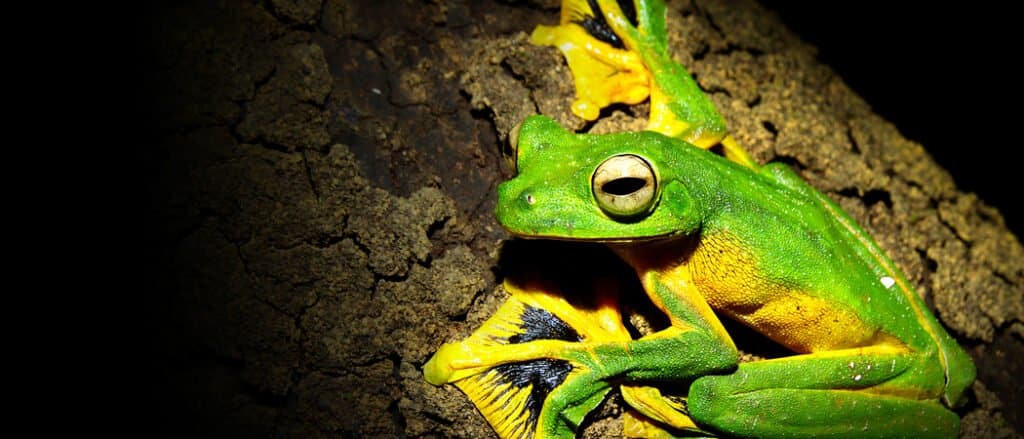
With their unique webbed feet, Wallace’s flying frogs jump between branches.
©Binturong-tonoscarpe/Shutterstock.com
Also known as gliding frogs, or Abah River flying frogs, Wallace’s flying frogs have one unique skill: they can fly. These aerial animals live in the lush, tropical rainforests of western Indonesia and the Malay Peninsula. They’re very small, but what they lack in size, they make up for in flying skills. Wallace’s flying frogs have very long toes on all four feet. Each toe is connected to the rest by thin webbing. When jumping from tree to tree, these frogs splay their toes and use the webbing to float in the air.
2. Japanese Flying Squid
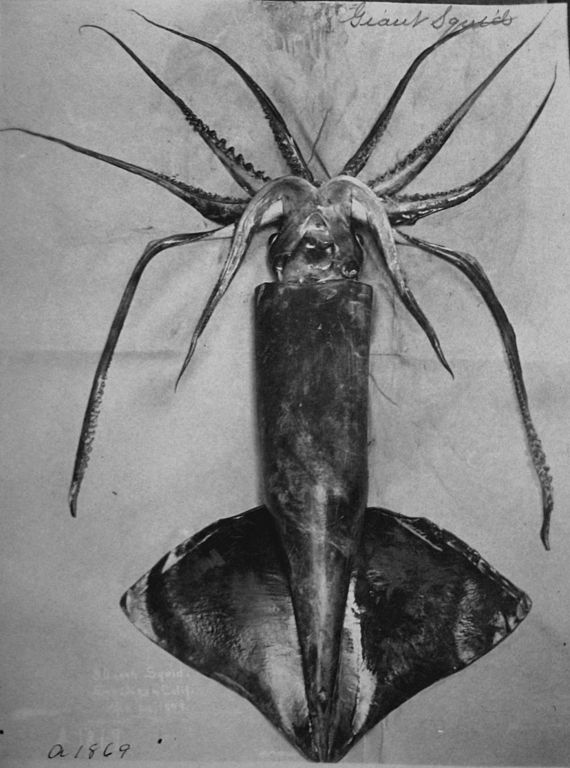
Japanese squid can grow up to 20 inches long.
©Archival Photographer Stefan Claesson / public domain – License
Popular in Japan as sushi, the Japanese flying squid lives throughout the Pacific Ocean. These aerial animals propel themselves out of the water for unknown reasons. Some scientists believe they do it to escape predators, but no one can be sure. Japanese flying squid swims in schools, and eat plankton and small fish. Growing up to 20 inches long, these squids are important food items for creatures higher on the food chain, like whales and dolphins.
3. Flying Squirrel

Though it technically glides rather than flies, the flying squirrel can adjust its speed and position.
©Laura Fiorillo/Shutterstock.com
Flying squirrels may not be capable of true flight, but they’re still incredible aerial animals. These members of the rodent family make their living gliding from tree to tree in search of fruit, nuts, and bird eggs. Flying squirrels are found in the Americas, as well as Asia. They look like your typical squirrel, except for the thin, membranous folds of skin that connect their back legs to their front legs. Using these membranes, along with lengthened, webbed toes, they can glide through the trees in search of food.
4. Draco Lizard
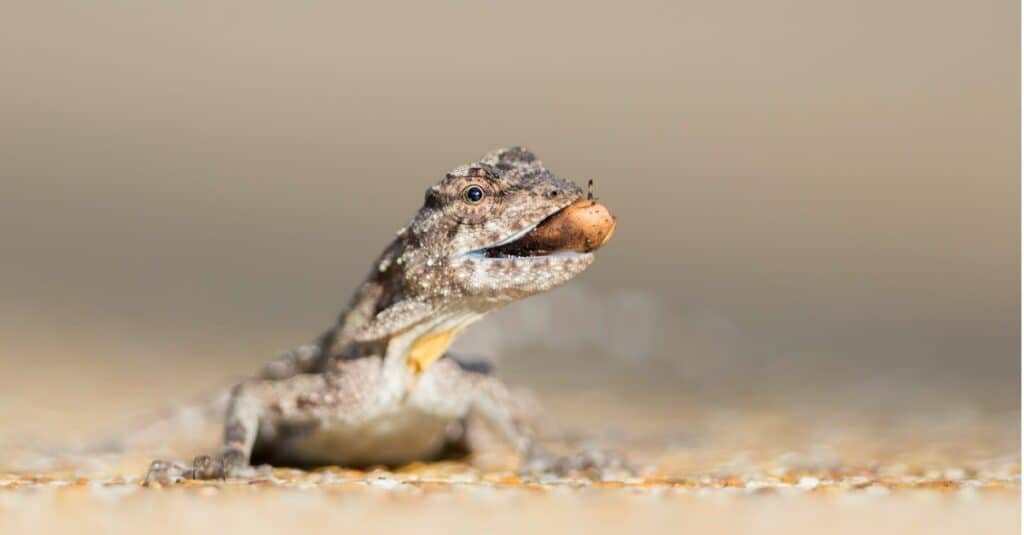
Draco lizards can glide as far as 30 feet.
©iStock.com/KristianBell
Unfortunately for lizard enthusiasts, you can’t keep draco lizards as pets. Draco lizards are some of the most incredible aerial animals, and one of the few gliding lizards on the planet. They grow up to eight inches long, and have narrow bodies with thin membranes between the front and back legs. These membranes allow them to glide as far as 30 feet, an incredible distance for such a small lizard. Additionally, draco lizards have vertical membranes on their chin and exceptionally long tails. They come in a wide variety of colors, including yellow, red, tan, and green. Draco lizards are strict carnivores and eat only insects. They live in India, Southeast Asia, and Indonesia.
5. Kuhls Flying Gecko

The Kuhl’s flying gecko specializes in hunting flying and arboreal insects.
©Vince Adam/Shutterstock.com
One of the oddest members of the lizard family, the Kuhl’s flying gecko is uniquely adapted to blend in. At first glance, it looks like a loose bit of bark. But, that’s what the webbed toes, spiny tail, and brown and tan patterning are meant to resemble. These geckos do more than blend in though, they also glide short distances. Kuhl’s geckos are tiny and live in Southeast Asia and Indonesia, where they eat tiny insects. Their body membranes are smaller than those of the draco lizard. But, where the draco lizard’s tail is thin, the Kuhl’s gecko’s tail is wide and flat, and used in gliding.
6. Paradise Tree Snake
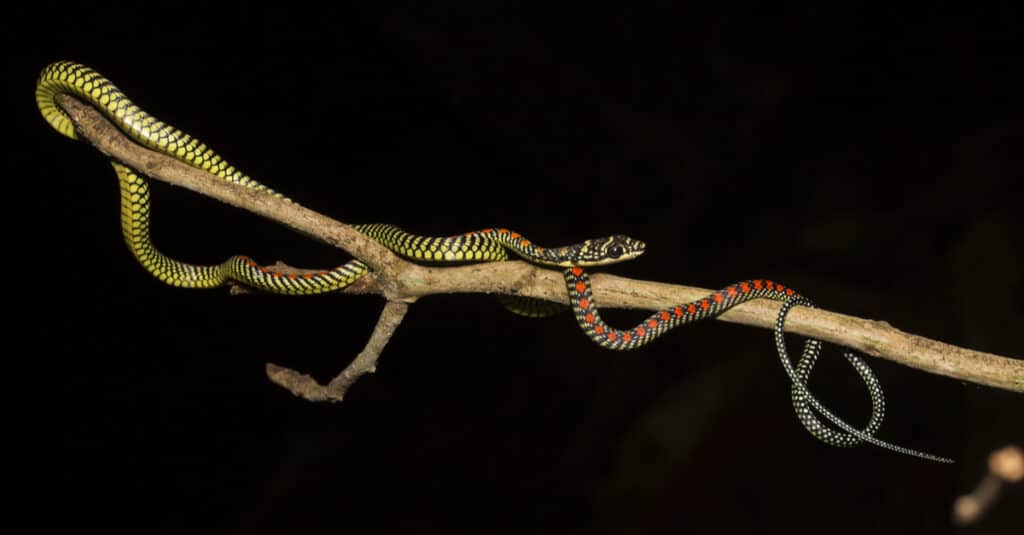
Paradise tree snakes have intricate red and yellow patterns
©Vince Adam/Shutterstock.com
One of the very few gliding reptiles, the paradise tree snake has the ability to ‘fly’ from tree to tree, or from the tree canopy to the ground. These snakes live in Southeast Asia, where they live on bats, lizards, and other small prey. Paradise tree snakes glide by hurling their bodies from trees, flattening out their ribs, and using their flattened bodies to ride the air currents. Incredibly, they seem to be able to control where they go using microbody movements while in flight.
7. Colugo
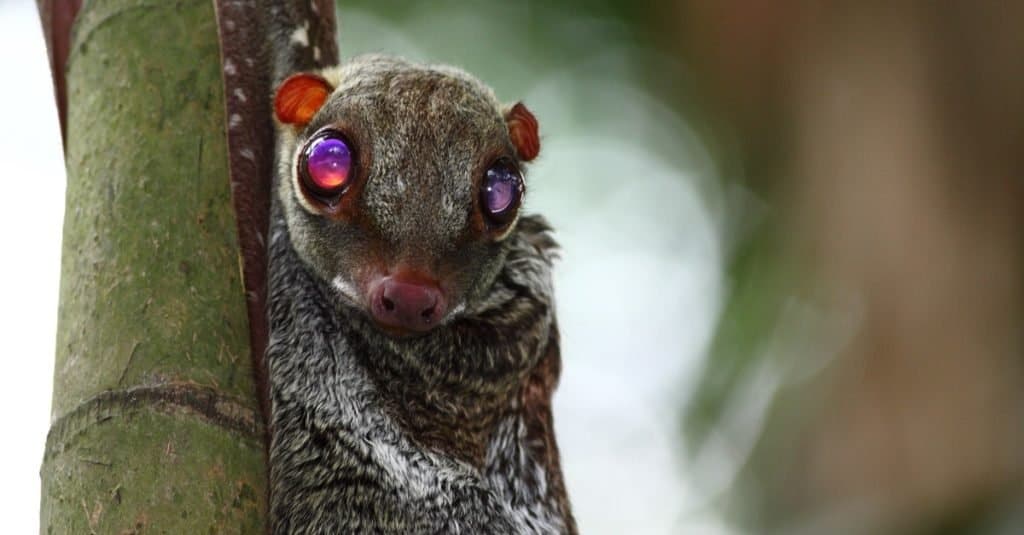
As a mammal that glides, colugos are not actually lemurs.
©iStock.com/Wirestock
Colugos are closely related to lemurs. In fact, they’re often called flying lemurs. They live in the forests of Southeast Asia, where they stay hidden during the day, coming out only at night to feed and socialize. Colugos are tiny, weighing under five pounds and measuring just over a foot long. But what makes them really special is their ability to glide from tree to tree. These aerial animals can glide up to 200 feet, and have some of the most well-developed gliding adaptations in the mammalian world.
8. Flying Foxes
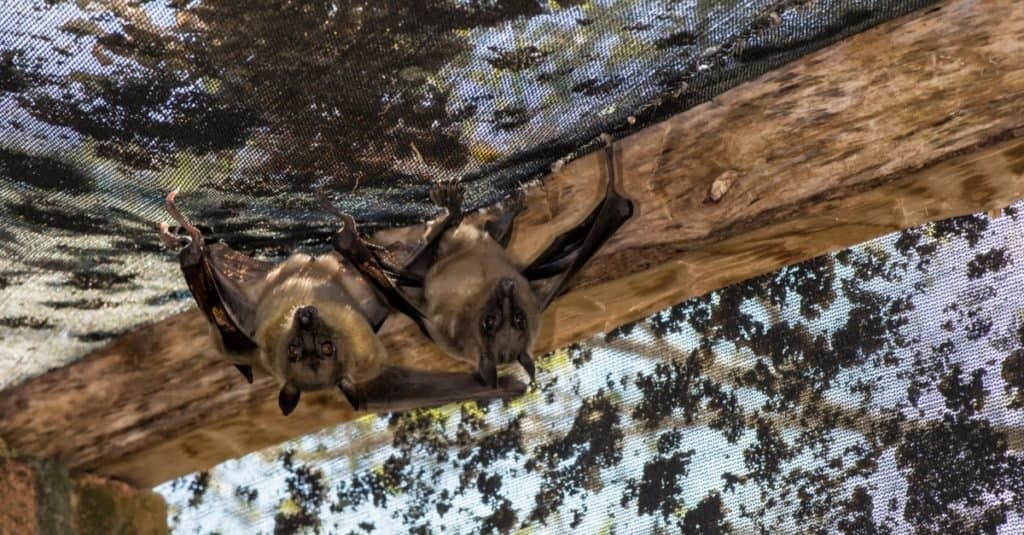
Flying foxes are bats.
©GTW/Shutterstock.com
Despite their name, flying foxes aren’t foxes at all. These aerial animals are actually a large type of bat found only in tropical parts of Australia, Indonesia, Madagascar, and Asia. Fruit bats, as they’re commonly known, grow up to 16 inches long, and can have wingspans of four feet. Fortunately for ground creatures, these furry flying mammals are fruitivores, and eat strictly fruit.
9. Freshwater Butterfly Fish
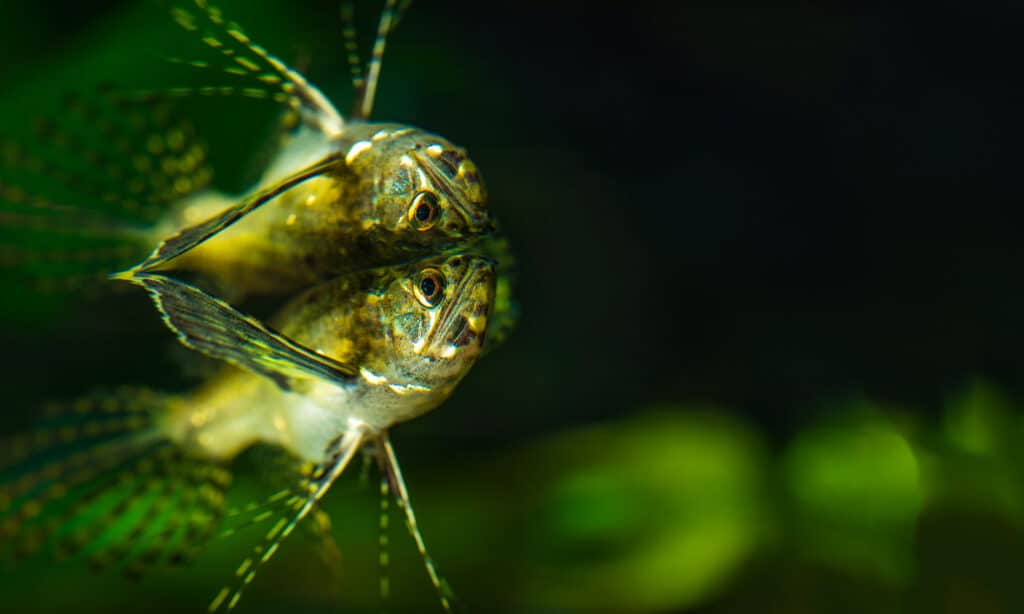
Freshwater
butterfly fish
is carnivorous.
©Serhii Milekhin/Shutterstock.com
Despite their small size (less than five inches), freshwater butterfly fish are fearsome predators. These aerial animals wait just below the water’s surface. When they see prey—a fly, mosquito, or any other insect—they snatch it from the air. In doing so, they often throw their entire bodies out of the water, giving them the appearance of flight.
10. Giant Devil Ray
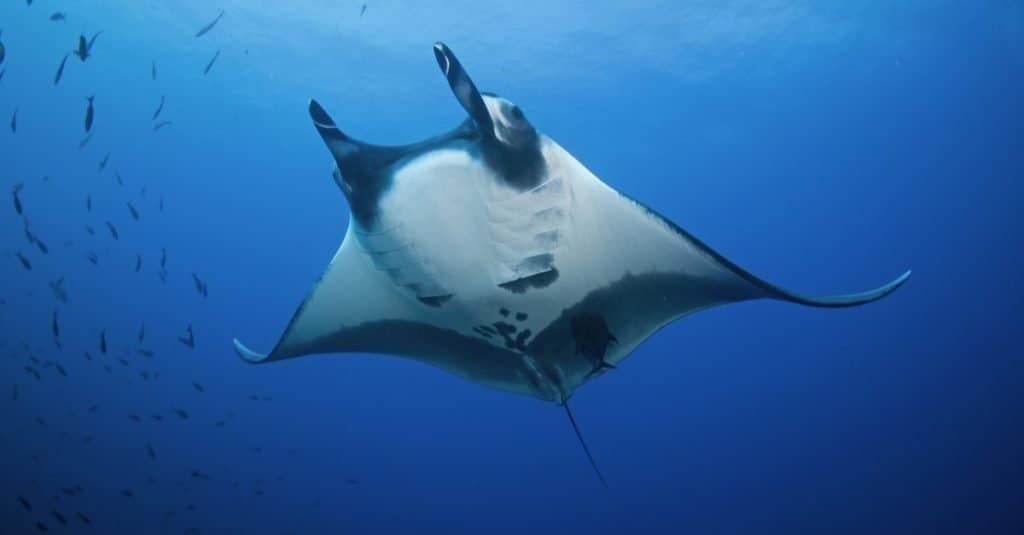
Devil rays are slow to reproduce.
©Martin Prochazkacz/Shutterstock.com
Closely related to the even larger manta ray, the giant devil ray is a rare aquatic example of an aerial animal. These incredible rays live in the Mediterranean Sea, where they live on plankton, krill, and small fish. Giving birth to only one baby after an 18-month gestation, devil rays are slow to reproduce. Because of this, and the fact that they are often killed as bycatch, they’re now listed as Endangered. No one knows why devil rays propel their bodies out of the water, but, when they do, they’re truly flying devil rays.
Up Next
Warm-Blooded Animals: 10 Animals That Can Regulate Their Own Body Temperature
The photo featured at the top of this post is © iStock.com/KristianBell
Sources
- , Available here: https://www.marinebio.org/species/japanese-flying-squid/todarodes-pacificus/
- , Available here: https://www.britannica.com/animal/flying-fox
- , Available here: https://www.blue-world.org/conservation/species/devil-ray/
- , Available here: https://www.nhm.ac.uk/discover/fantastic-flyers-animals-that-fly-in-surprising-ways.html
Thank you for reading! Have some feedback for us? Contact the AZ Animals editorial team.






